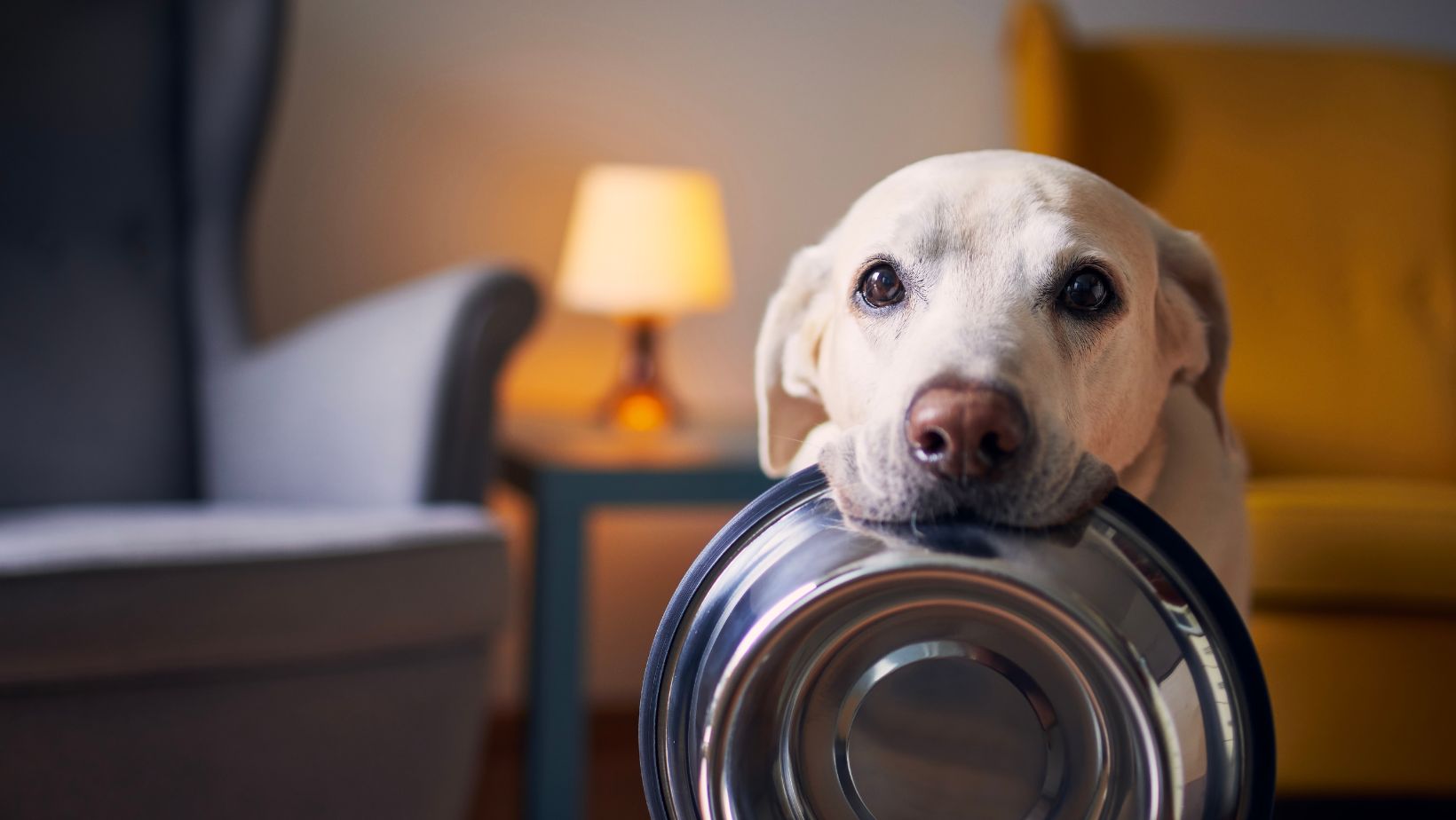How to Get a Puppy to Stop Whining
Having a Labrador puppy is an exciting and joyful experience, but dealing with constant whining can be frustrating. In this article, I’ll share some effective strategies on how to get your puppy to stop whining and discuss the common causes of Labrador whining.
One of the first steps in addressing your puppy’s whining behavior is understanding the underlying cause. Labrador puppies may whine due to various reasons such as hunger, discomfort, anxiety, boredom, or seeking attention. By identifying the root cause, you can tailor your approach accordingly.
To start addressing your puppy’s whining behavior, ensure that their basic needs are met. Make sure they have been fed and given enough water. Provide them with a comfortable sleeping area and check for any signs of physical discomfort or illness. Additionally, offer plenty of mental stimulation through toys and playtime to combat boredom.
When it comes to training your Labrador puppy to stop whining, consistency is key. Avoid giving in to their demands when they cry for attention as this reinforces the behavior. Instead, reward moments of silence and calmness with praise or treats. Gradually increase the time between rewards to encourage longer periods without whining.
Remember that patience is vital throughout this process. It may take some time for your Labrador puppy to learn not to rely on excessive vocalization as a means of communication. By implementing these strategies consistently and addressing any underlying issues causing the whining behavior, you’ll be on your way to enjoying peaceful moments with your furry friend in no time.
Now that we’ve covered some general tips on how to get a puppy to stop whining let’s delve deeper into understanding the common causes behind Labrador dog’s incessant vocalization.

Understanding Labrador Whining
Labrador whining can be a perplexing behavior for puppy owners to decipher. It’s important to understand the common causes behind this vocalization in order to effectively address and resolve it. Here, I’ll delve into the various factors that may contribute to Labrador whining and provide insights on how to tackle them.
- Separation Anxiety: One common cause of Labrador whining is separation anxiety. When left alone, puppies with separation anxiety may express their distress through excessive vocalization. They might exhibit signs of restlessness, destructiveness, or even potty accidents. To alleviate this issue, gradually desensitize your puppy to being alone by starting with short intervals and gradually increasing the duration over time.
- Attention-Seeking Behavior: Puppies are bursting with energy and curiosity, which sometimes leads them to seek attention through whining. They may resort to this behavior when they want playtime, treats, or simply desire human interaction. In such cases, it’s crucial not to reinforce the whining by giving in immediately. Instead, establish a consistent routine that includes dedicated playtime and positive reinforcement for calm behavior.
- Physical Discomfort: Whining can also be an indicator of physical discomfort in Labradors. Puppies may whimper if they are hungry, thirsty, need to use the bathroom, or are experiencing pain or discomfort from teething or illness. Ensure you have met all their basic needs and consult with a veterinarian if you suspect any underlying health issues.
- Lack of Stimulation: Boredom can often manifest as whining in Labradors who crave mental stimulation and physical exercise. These intelligent dogs require regular walks, interactive toys, training sessions, and engaging activities to keep their minds occupied and prevent boredom-induced whining episodes.
- Fear or Anxiety: Some Labradors may resort to whining when faced with fearful or anxiety-inducing situations such as thunderstorms, fireworks, or unfamiliar environments. It’s important to create a safe and comforting space for your puppy during such times. Calming techniques like providing a cozy den, using pheromone diffusers, or playing soothing music can help alleviate their anxiety.
Understanding the reasons behind Labrador whining is the first step towards addressing this behavior effectively. By identifying the root cause and implementing appropriate strategies, you can help your furry friend become a more content and calm companion. Remember, patience, consistency, and positive reinforcement are key when working with your puppy to overcome whining habits.